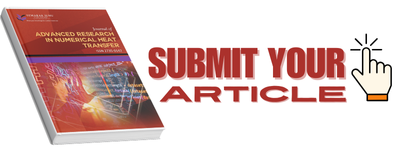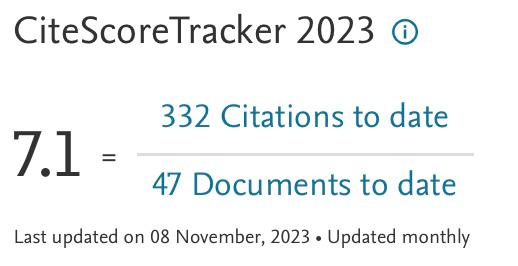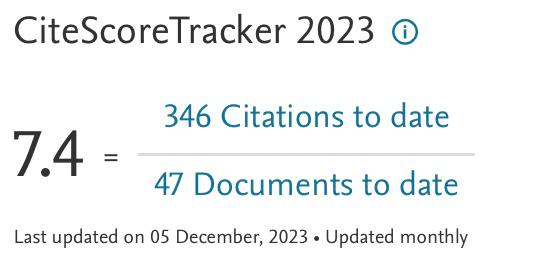A Numerical Investigation on the Combined Effect of Aluminum-Nitride/Water Nanofluid with Different Mini-Scale Geometries for Passive Hydrothermal Augmentation
Keywords:
Minichannel, volume fraction, Turbulent flow, Pressure drop, Hydrothermal, Passive augmentationAbstract
Variation of channel geometry can be regarded as one of the passive heat transfer enhancement techniques in thermal devices. Comparison of different geometries under similar condition can offer more insight into their capabilities in thermal design and management. This investigation involves convective single-phase heat transfer and flow of a 3D computational domain filled with AlN-water nanofluid. The bottom wall subjected to a constant heat flux of 85 W/cm2, while the top wall is lagged, and the sides walls are considered both as symmetry and adiabatic. The dimensionless parameters used include Reynolds number (5000 ≤ Re ≤ 10000) and nanoparticle volume fractions (φ = 0.00, 0.01 and 0.03). The hydraulic diameter Dh = 1.111mm adopted for ease of comparison as the common dimension for all the geometries namely: square, wavy and rectangular minichannels. The results correlate reasonably well when compared with similar experimental results in the literature. It was found that the highest temperature for the fluid-solid boundary of the minichannels was 328K at Re 5000 for the square channel which is below the desired upper limit of 353K for the enclosed electronic devices. The results affirmed that nanofluid induction into the minichannels assists in the improvement of heat transfer which increases with the addition of volume fraction of the nanoparticle and Reynolds number. The wavy minichannel has better hydrothermal performance than the straight minichannels.
Downloads






















